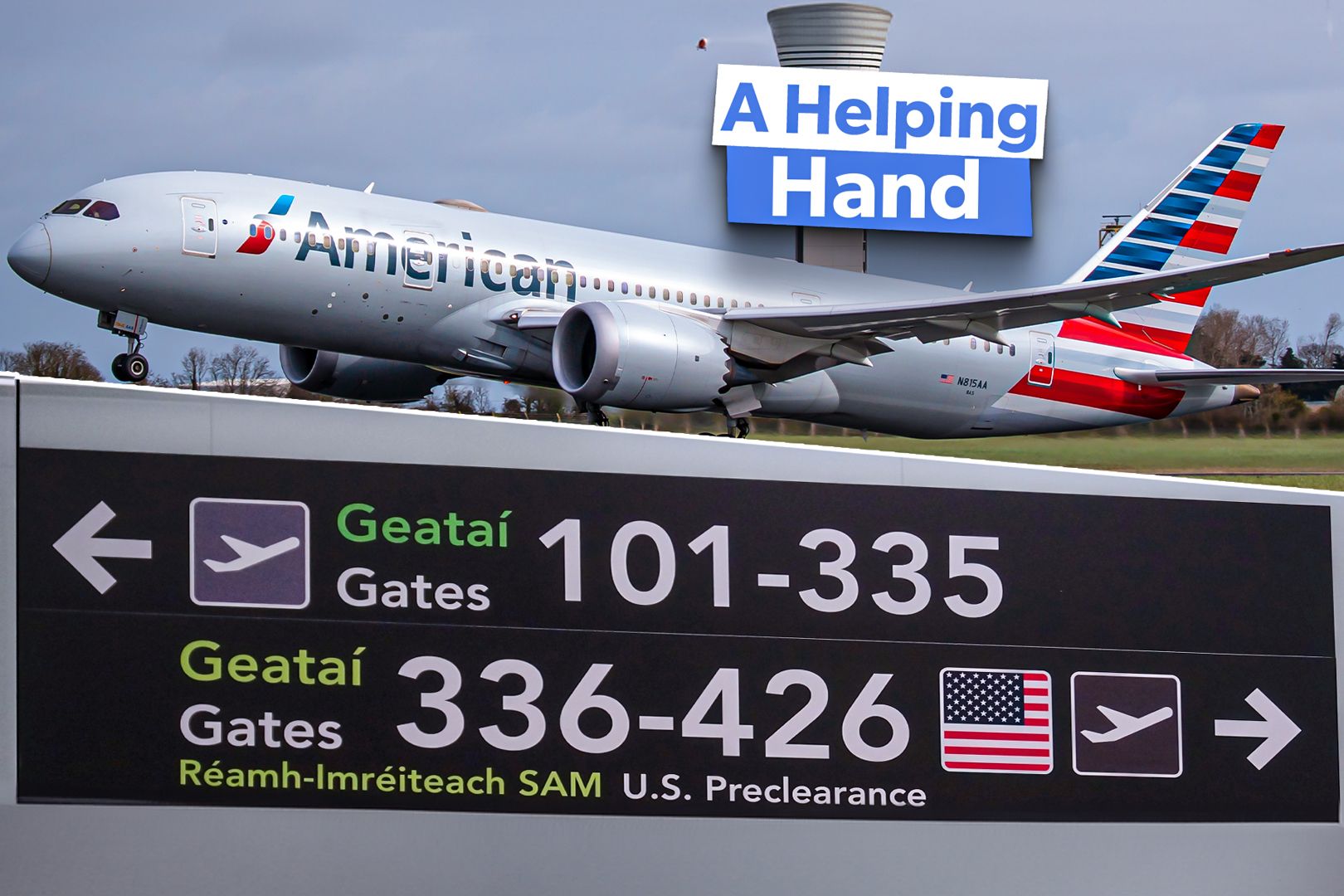While traveling internationally can be a whole new experience, there is also plenty to learn about how the process works. Perhaps one of the most time-consuming aspects of international travel is going through customs, depending on the airport and how busy it may be at any given time. The facility and staffing of customs and border patrol personnel can also influence long wait times for travelers to be processed.
To mitigate this, officials have been working to find solutions to decrease any stress involved with customs processing and streamline the operation. One of these ways is known as Preclearance , which essentially is a US border on non-US soil. According to US Customs and Border Patrol (CBP) , Preclearance is “the strategic stationing of CBP personnel at designated foreign airports to inspect travelers prior to boarding U.

S.-bound flights.” This allows passengers to bypass any customs processing and inspections by the Transportation Security Administration (TSA) upon their arrival at a US destination.
It undoubtedly saves time for travelers with connecting flights. Preclearance comes with several benefits, but there are also some drawbacks to be aware of. Here are five things travelers should know about the perk before flying.
1 Preclearance history It has been around for decades Contrary to popular belief, the origin of Preclearance dates back to the late 1800s, when the US and Canada established agreements on sea and rail transportation, according to By Way Of Canada by Marian L. Smith. The agreement allowed steamship and railroad operators to encounter US immigration inspectors in Montreal, Quebec City, Halifax, Nova Scotia, Saint John, and New Brunswick.
Modern Preclearance facilities were first introduced more than five decades later. In 1952, an arrangement with the Canadian government brought pre-inspection facilities at Calgary International Airport (YYC) and then-Malton Airport, which is now Toronto Pearson International Airport (YYZ). Today, CBP has several hundred officers at locations around the globe for Preclearance and has processed several million travelers.
It has: Over 600 personnel and agriculture specialists 15 Preclearance locations in six countries 22 million travelers were processed in 2019, representing more than 16% of all commercial air passengers to the US 2 How it works Shaving off more than just minutes Many people may think that Preclearance is a new or more recent perk, especially if international travel is not a frequent practice. However, it can also go unnoticed if a traveler passes through an airport where it is not offered. Nonetheless, the program is ultimately designed to save passenger time during their travel and airport experience.
The process begins with travelers checking in for their flight and going through a security checkpoint as they would at any other airport. After security, they proceed to a Preclearance facility where they will be subject to immigration and customs inspections by CBP officials. Then, they can assume their transportation to the US as normal, and have more flexibility when they arrive: Skip CBP and TSA inspection lines on US soil Have more time for tighter connection windows at US airports Less likely to miss a domestic connecting flight 3 Where it is located Only select airports Preclearance is not offered at every airport.
However, CBP is looking to expand the program to strategic locations. The program currently operates at 15 locations in Aruba, Bermuda, the Bahamas, Canada, Ireland, and the United Arab Emirates: Queen Beatrix International Airport (AUA) Lynden Pindling International Airport (NAS) L.F.
Wade International Airport (BDA) Calgary International Airport (YYC) Edmonton International Airport (YEG) Halifax Stanfield International Airport (YHZ) Montréal–Trudeau International Airport (YUL) Ottawa MacDonald–Cartier International Airport (YOW) Toronto Pearson International Airport (YYZ) Vancouver International Airport (YVR) Victoria International Airport (YYJ) Winnipeg James Armstrong Richardson International Airport (YWG) Dublin Airport (DUB) Shannon Airport (SNN) Zayed International Airport (AUH) Ireland is a top destination for American tourists, with passengers arriving from Dublin and Shannon allowed to land as domestic passengers in the US. Canada notably has the most Preclearance airports, but the CBP says interested foreign governments and airport operators can submit inquiries pertaining to Preclearance expansion by emailing them to the address listed on their website. 4 Mobile Passport Control Omit filling out information on paper More recently, CBP introduced a mobile passport control app, which allows travelers to be even more efficient.
Eligible travelers can submit their travel documents , photos, and customs declaration information through the app. According to CBP, it “streamlines the traveler’s entry process into the United States by reducing passport control inspection time and overall wait time.” Using the app allows travelers to bypass filling out their information in paper form.
They are also likely to have shorter wait times, less congestion, and efficient processing. Eligible travelers for the mobile passport control app include: US citizens Lawful permanent residents Canadian B1/B2 Returning Visa Waiver Program Applicants 5 Arrive early Give yourself time Although Preclearance is designed to save time, it is still essential to arrive at the airport early. As more travelers take advantage of the program, longer wait times may be likely.
According to CNN , the only disadvantage of Preclearance is the need to factor it into airport arrival times. As such, travelers should give themselves ample time just to be safe. Nonetheless, lines are still generally shorter than what travelers may experience when they land on US soil.
Abu Dhabi-based Etihad provides times when travelers can expect the check-in process to conclude: Check-in closes one hour before departure for economy class For business and first class, check-in closes 45 minutes before departure “I think people have maybe had previous experience of going to the States and just being stuck in immigration lines for a long time,” Niall Kearns, SNN Director, told CNN. “But you can get all this done in a very hassle-free, quick manner in Shannon and then arrive in New York or Boston or Chicago.” The A321neo XLR will allow United to make its operations profitable and access new markets.
.



















